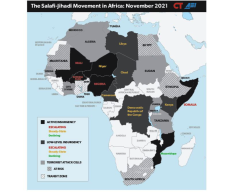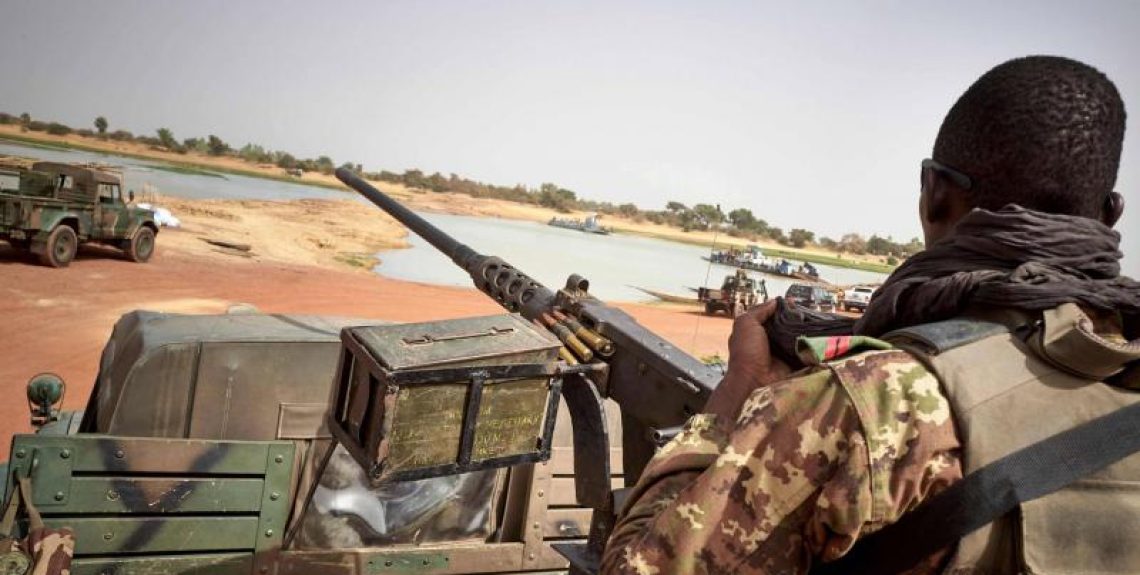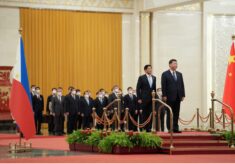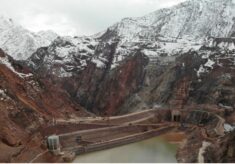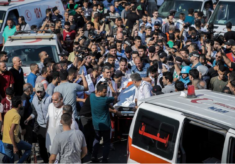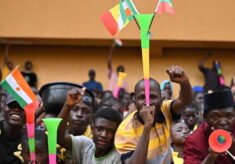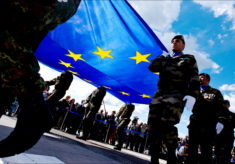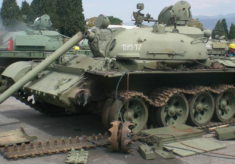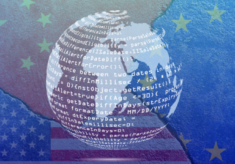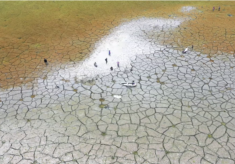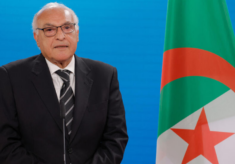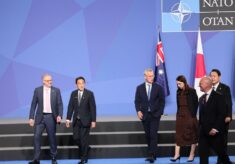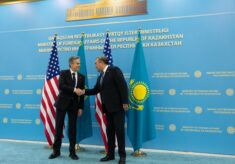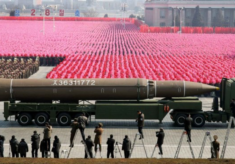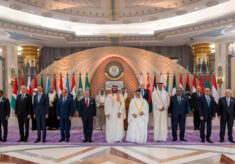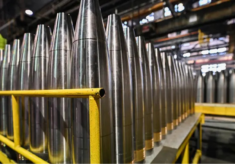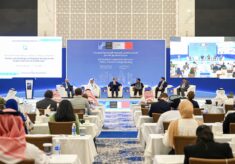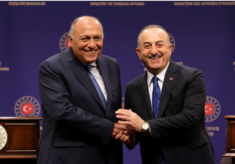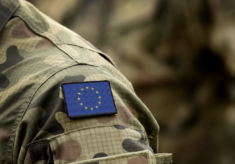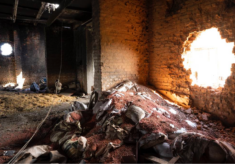Understanding some dynamics linked to terrorism is not always easy. This is not only due the extreme complexity of the phenomenon but also because we tend not to differentiate the spaces inside which terrorism manifests itself.
On the contrary, the phenomenon will assume different features and manifestations precisely in relation to the space in which it operates, whether it is geographic, sociocultural and/or economic. Terrorism influences these spaces and it is in turn influenced by them. According to this premise, and also taking into account the experience of specific terrorist organisations, it looks evident that we should reformulate the analytical approach to the phenomenon, in order to correctly understand the phenomenon and the aforementioned spatial variables.
Ten years ago, during my PhD studies under the supervision of Ambassador Alessandro Minuto-Rizzo, I tried to define the correct relation between the physical and cultural dimension in relation to terrorism. The case study was focused on the Sahel region and the different operative dynamics of Al-Qaeda in the Islamic Maghreb. The research work highlighted how the evolution of terrorism defines different and specific areas of action in the geographic, social and economic space. After verifying how a coordinated effort on the ground and on the social and economic dimension (both legal and illegal) led to a definition of the problem, it was important to understand the reach of the phenomenon and its potential evolution.
The next step was to think terrorism as a phenomenon inevitably linked to different spaces. It sure is in the African continent and especially in the Sahel region and in West Africa. These spaces, the geographic, economic and social, are the variables that in their interactions have morphed new cultural models where people join a terrorist organisation to survive.
